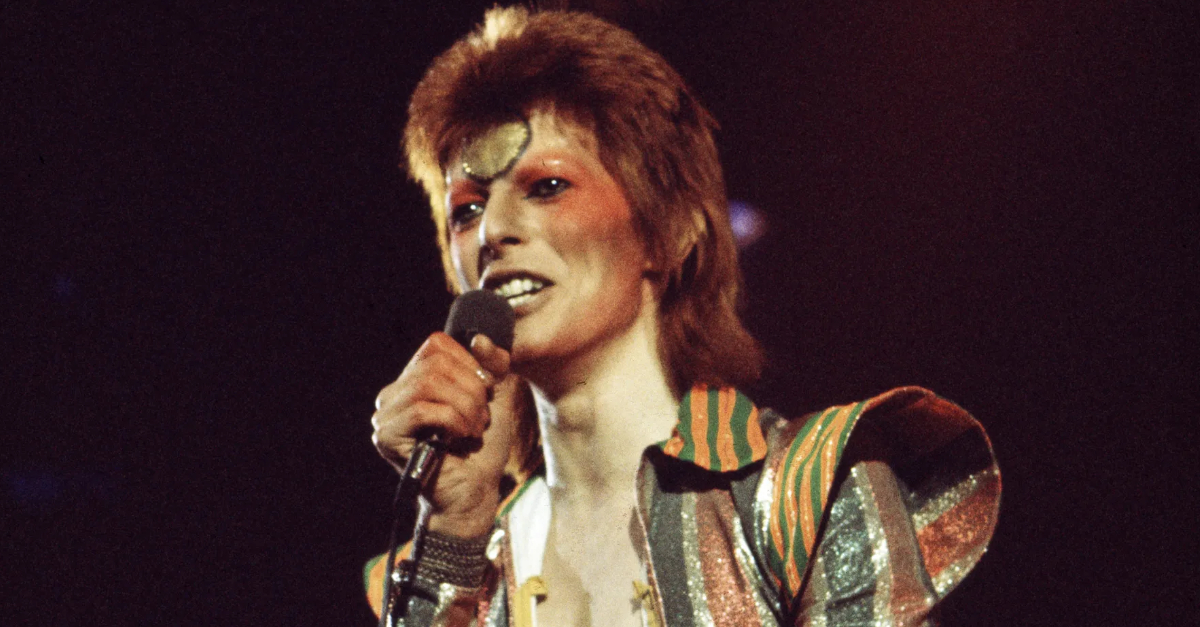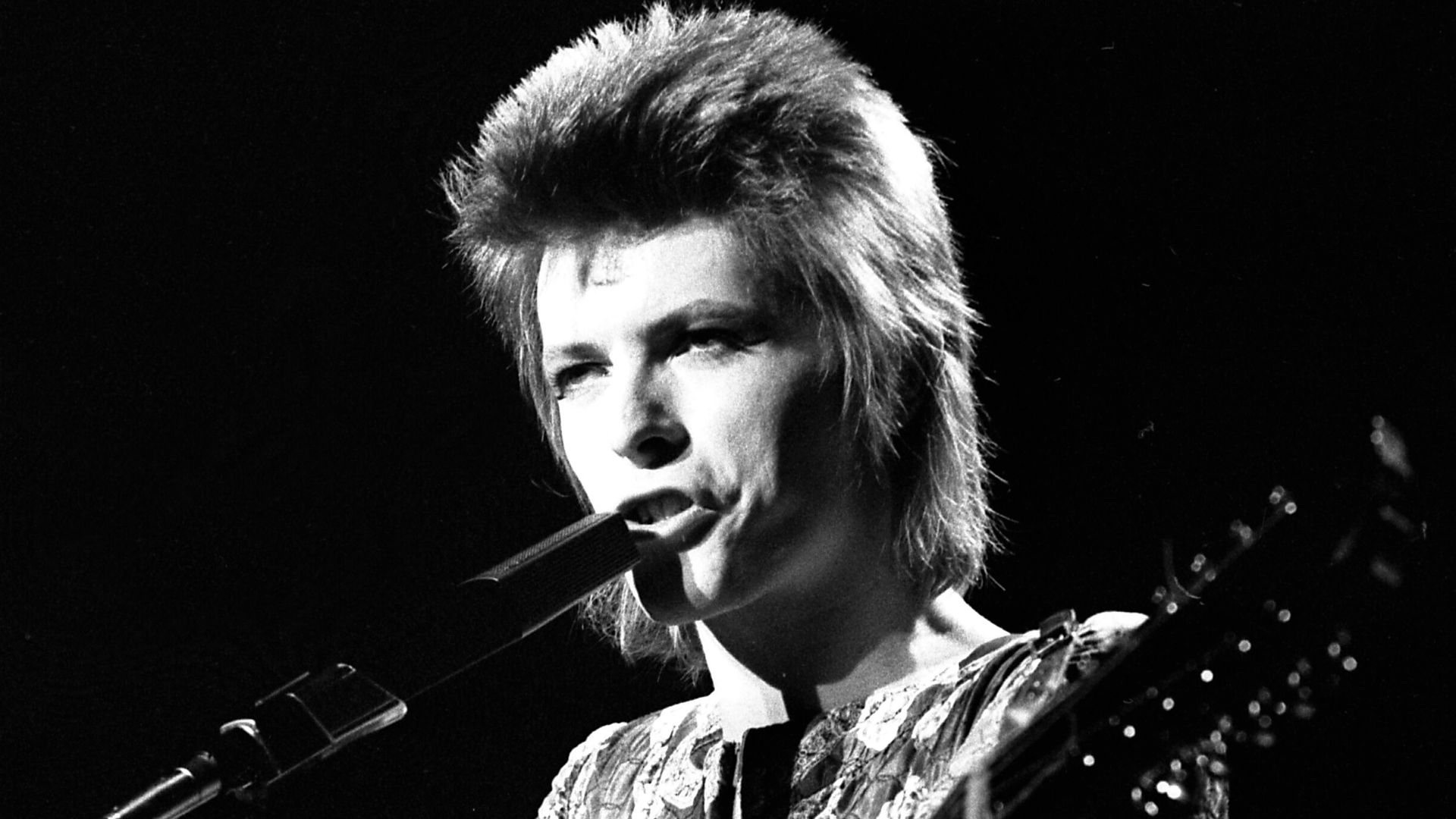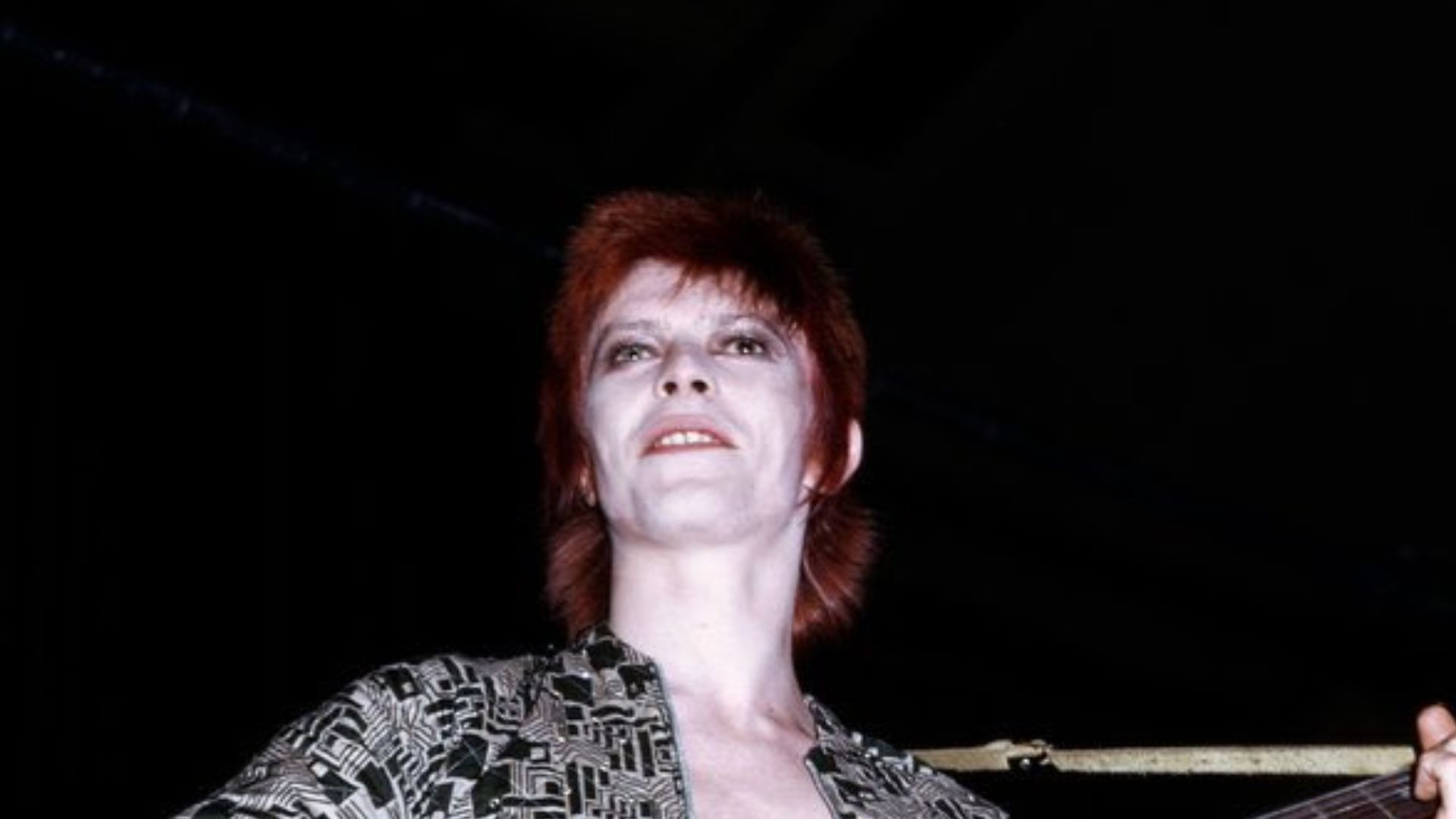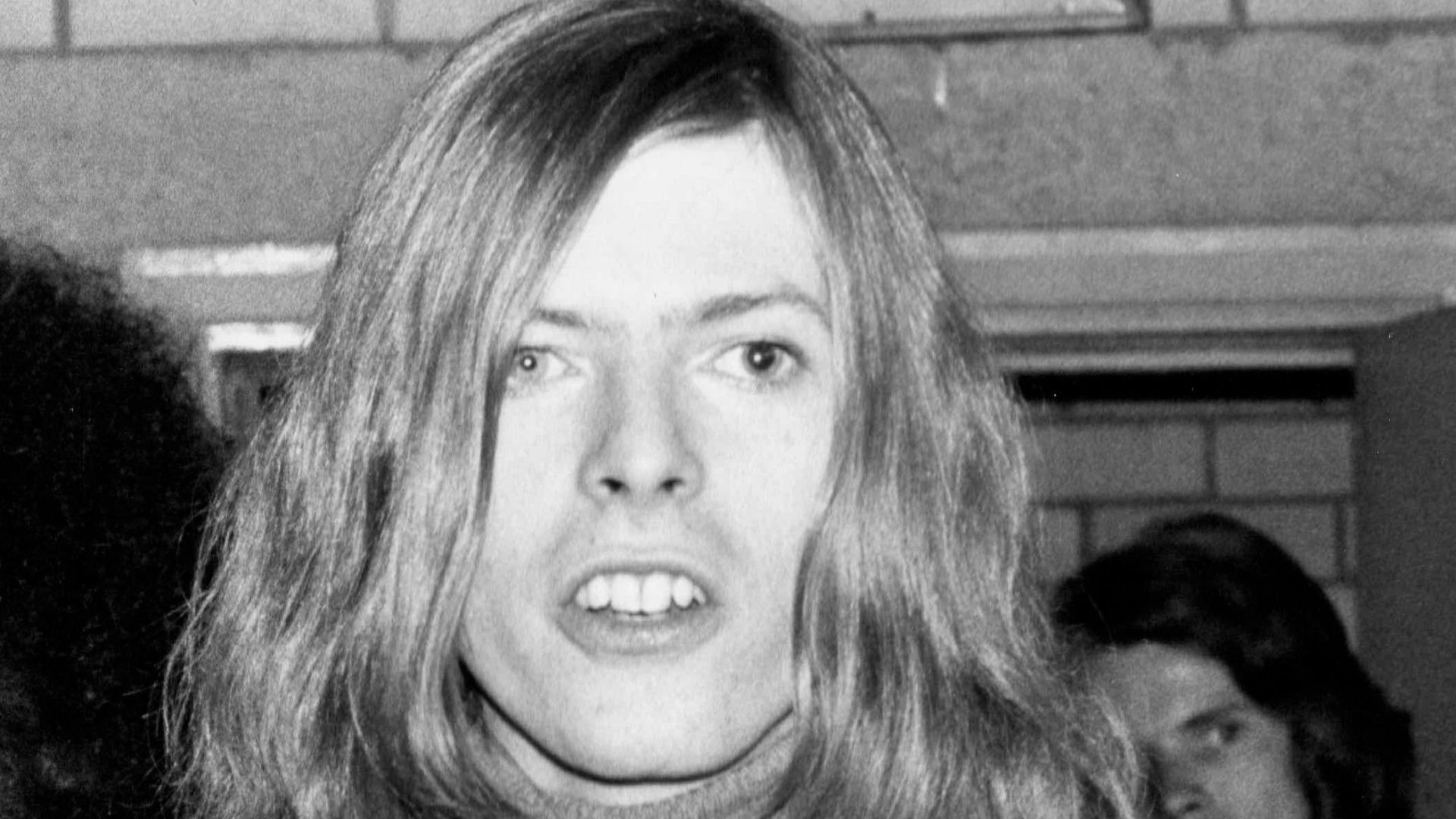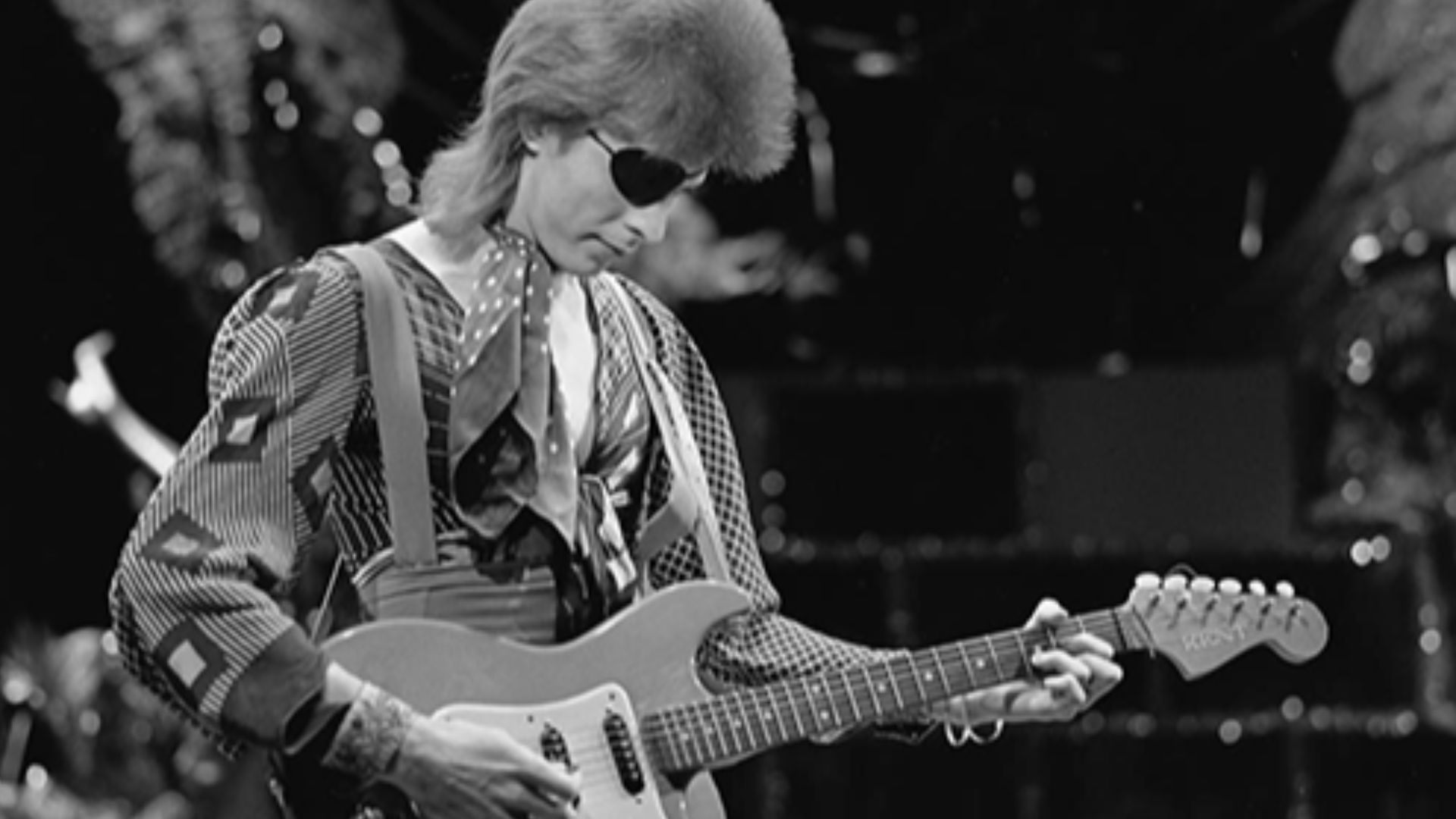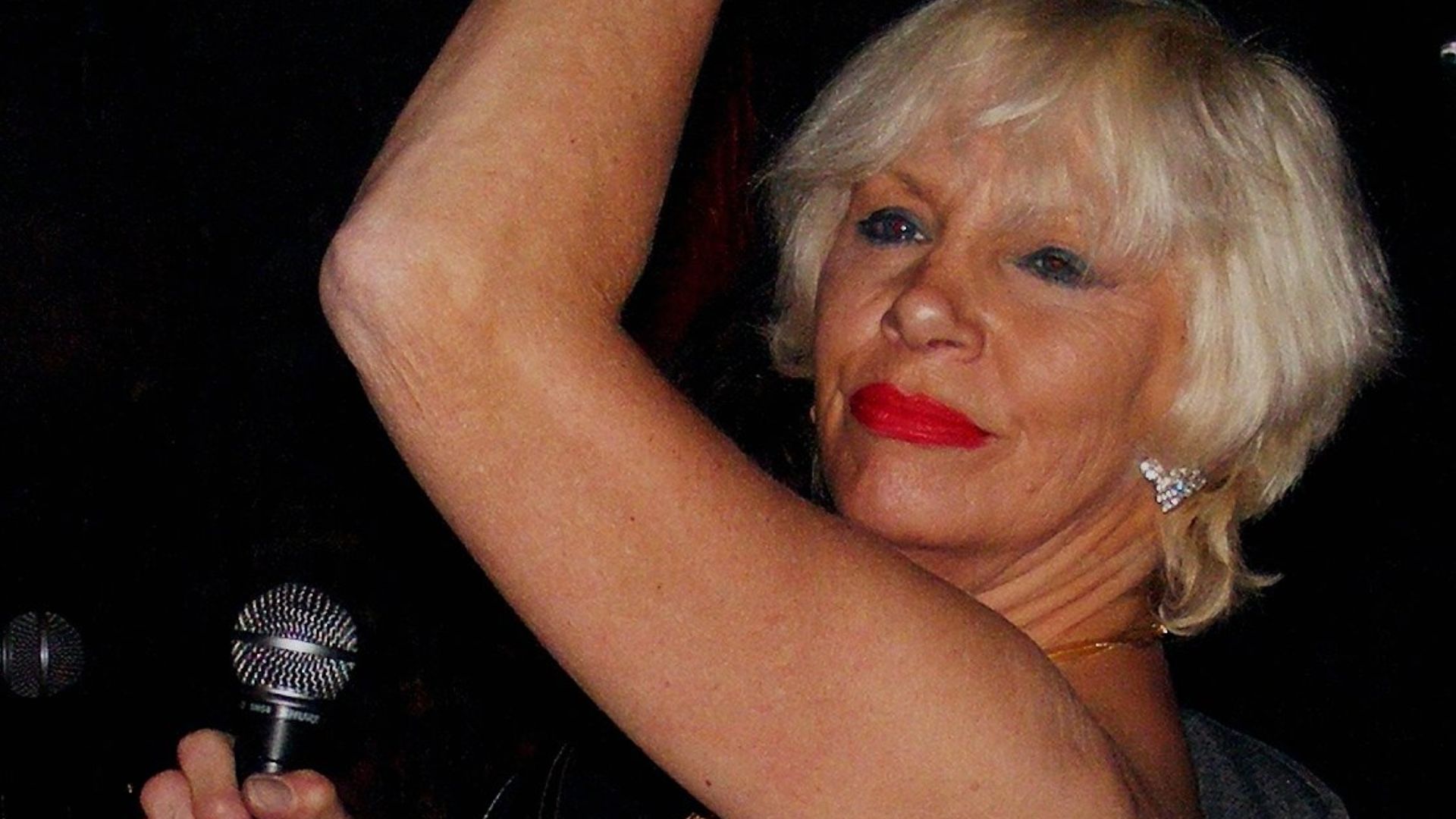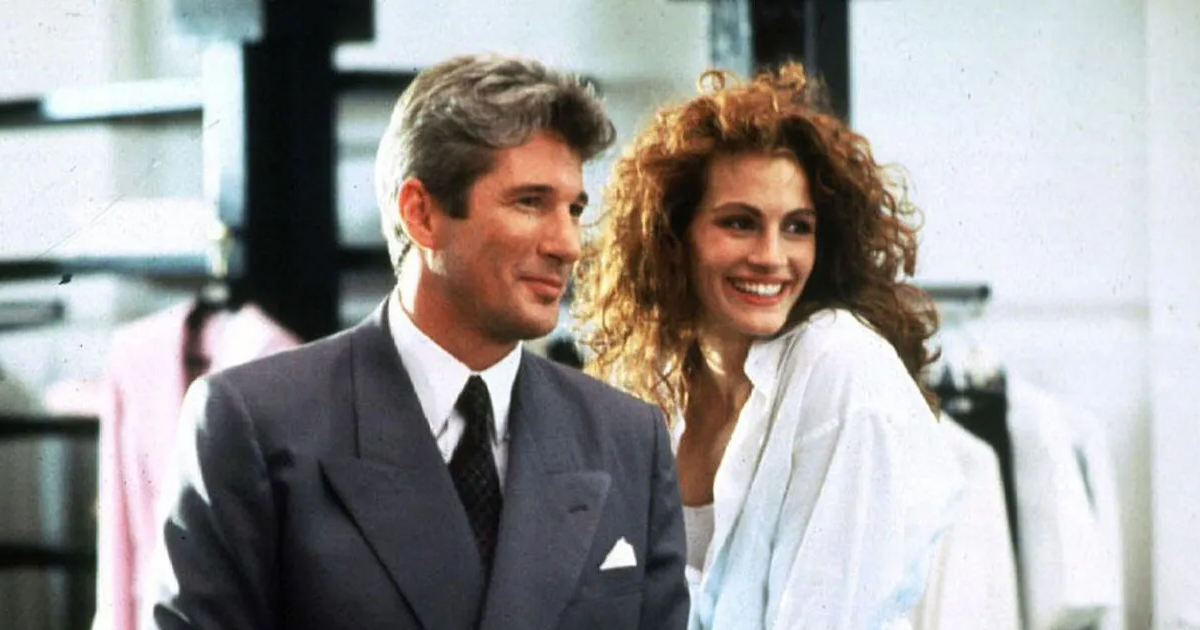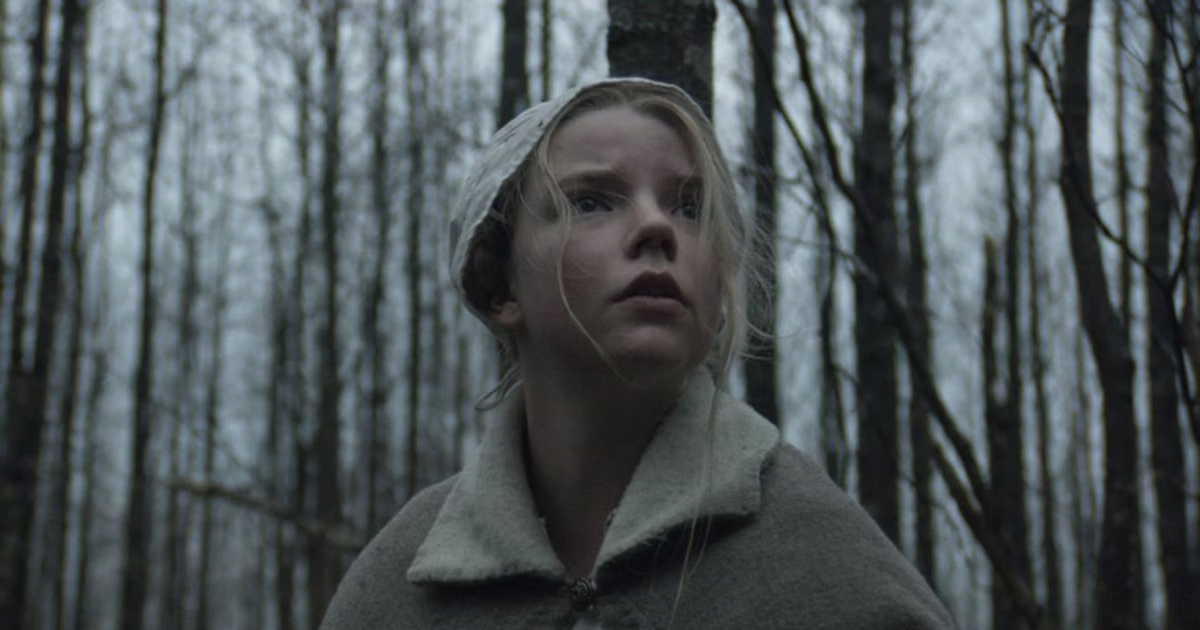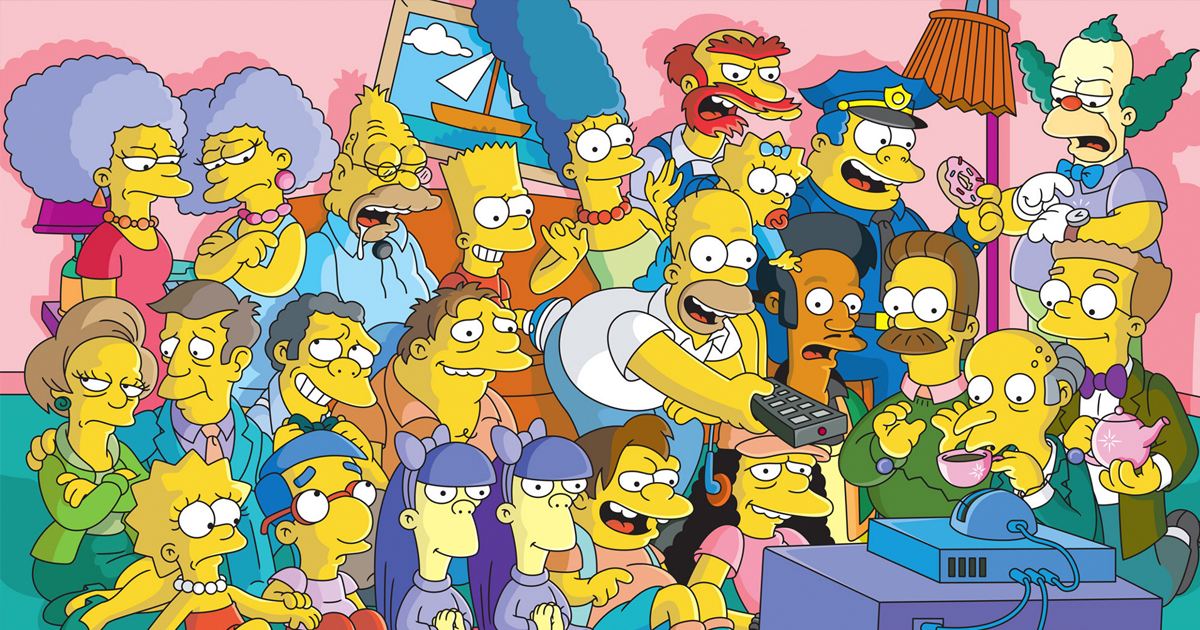How One Alter Ego Nearly Destroyed Its Creator
Before Ziggy Stardust, David Bowie was just another talented but restless musician. By 1971, he was frustrated with the folk scene and desperate for something bigger—something unreal. That “something” would soon arrive as a dazzling, androgynous alien rock star from outer space. Ziggy saved Bowie's career—but he also almost ended him.
A Star Before Stardust
Before Ziggy, Bowie had dabbled in many styles—mod, folk, experimental rock. Space Oddity gave him a brief taste of fame, but it didn’t last. He needed something more theatrical, something that felt larger than life. He later said he wanted to “create a myth—someone who could take me where David Jones couldn’t.”
The Spark of Inspiration
The seed of Ziggy came from an encounter with eccentric rocker Vince Taylor, who believed himself to be a cross between a rock star and a god. Bowie later recalled, “He was the perfect image of the kind of rock star I wanted to be—completely mad, but fascinating.” That madness became Ziggy’s DNA.
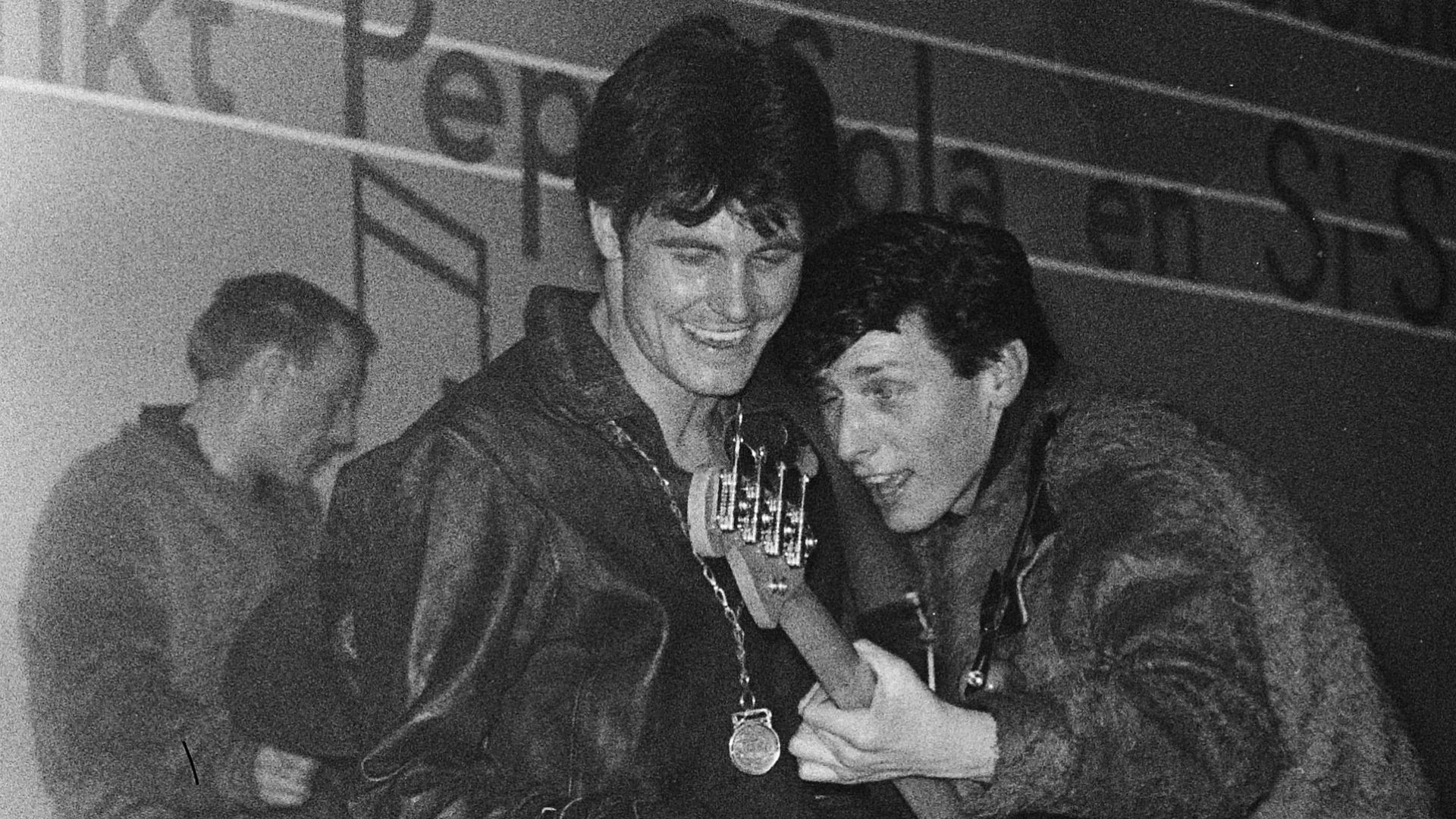 Hugo van Gelderen (ANEFO), Wikimedia Commons
Hugo van Gelderen (ANEFO), Wikimedia Commons
The Name “Ziggy Stardust”
Bowie came up with “Ziggy” while spotting a London tailor shop sign from a train window. He liked its flashiness and ambiguity. “Stardust” came from a real musician, the late Legendary Stardust Cowboy. Together, it sounded otherworldly—like someone who wasn’t from Earth, but came to save its music.
Creating a Cosmic Icon
Bowie and designer Kansai Yamamoto crafted the Ziggy look—orange hair, metallic jumpsuits, lightning-bolt makeup. It wasn’t just fashion; it was armor. “The clothes made me feel fearless,” Bowie said. He could now perform as someone unbound by gender, fear, or even reality. Ziggy was both his disguise and his liberation.
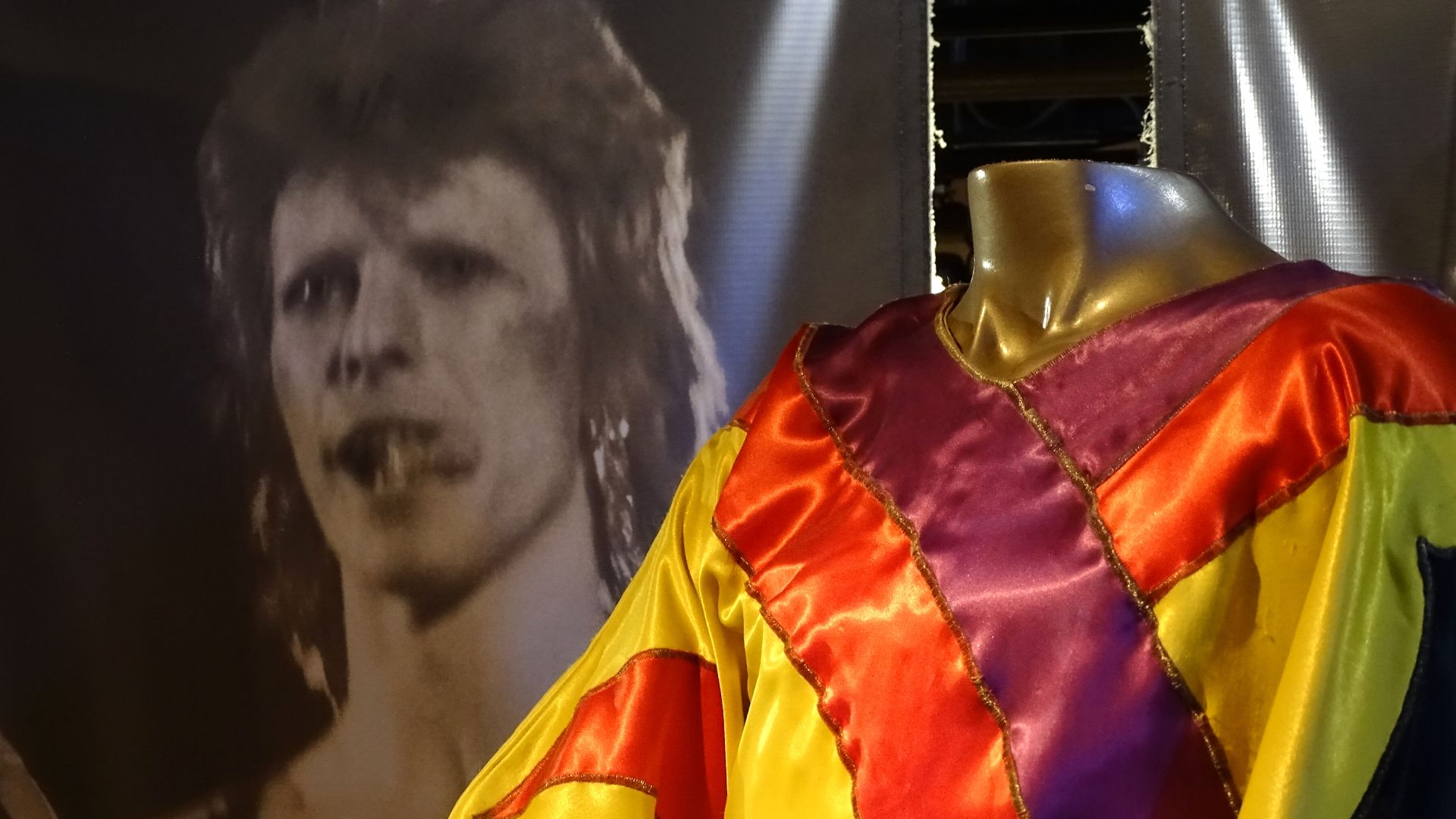 Adam Jones from Kelowna, BC, Canada, Wikimedia Commons
Adam Jones from Kelowna, BC, Canada, Wikimedia Commons
The Band Becomes the Spiders
Bowie formed a backing band that became as much a part of Ziggy as the persona itself: Mick Ronson on guitar, Trevor Bolder on bass, and Mick Woodmansey on drums. They were dubbed The Spiders from Mars. Their glam sound—tight, dirty, and explosive—gave Ziggy’s universe its musical pulse.
The Rise and Fall Begins
In June 1972, The Rise and Fall of Ziggy Stardust and the Spiders from Mars dropped. It wasn’t just an album—it was a concept story about an alien rock star who becomes a messiah, then burns out. Bowie wasn’t just telling Ziggy’s story; he was living it.
 RCA Records, Wikimedia Commons
RCA Records, Wikimedia Commons
“Starman” Lights the Fuse
When Bowie performed Starman on Top of the Pops in July 1972, Britain stopped to watch. Dressed in a shiny jumpsuit and arm around Mick Ronson, he exuded strange, irresistible charisma. The next day, record stores sold out. Bowie later said, “That night, everything changed. Ziggy had arrived.”
The Fans Go Wild
Fans didn’t just love Ziggy—they worshipped him. Concerts became frenzied, emotional, and sometimes chaotic. Bowie recalled being chased down London streets by fans in platform boots. “They weren’t screaming for me—they were screaming for Ziggy,” he said. The line between artist and character started to blur.
 Roger Woolman, Wikimedia Commons
Roger Woolman, Wikimedia Commons
Blurring the Lines
Ziggy gave Bowie the courage to explore identity and sexuality in public. He famously told Melody Maker in 1972, “I’m gay and always have been,” though it was partly part of the act. The statement shocked Britain—and cemented Bowie as a provocateur unafraid to play with the truth.
The World Falls Under His Spell
Ziggy’s world tour made Bowie an international phenomenon. He filled arenas from London to Los Angeles, his flamboyant style inspiring countless fans and future artists. But behind the glam and glitter, he was exhausted. The more famous Ziggy became, the harder Bowie found it to be himself.
Ziggy Takes Over
Bowie admitted later, “Ziggy wouldn’t leave me alone for years.” He began speaking like Ziggy, even offstage. Friends said he seemed to be slipping into the character entirely. He told Rolling Stone, “That was when it all started to get really dangerous. I think I put myself very near the edge.”
 Jeff Gogarty , Wikimedia Commons
Jeff Gogarty , Wikimedia Commons
Living the Persona
Ziggy became Bowie’s full-time mask. He woke up, dressed, and ate as Ziggy. “I felt like I was losing control of where David ended and Ziggy began,” he said. The character that gave him life was now consuming it, piece by piece.
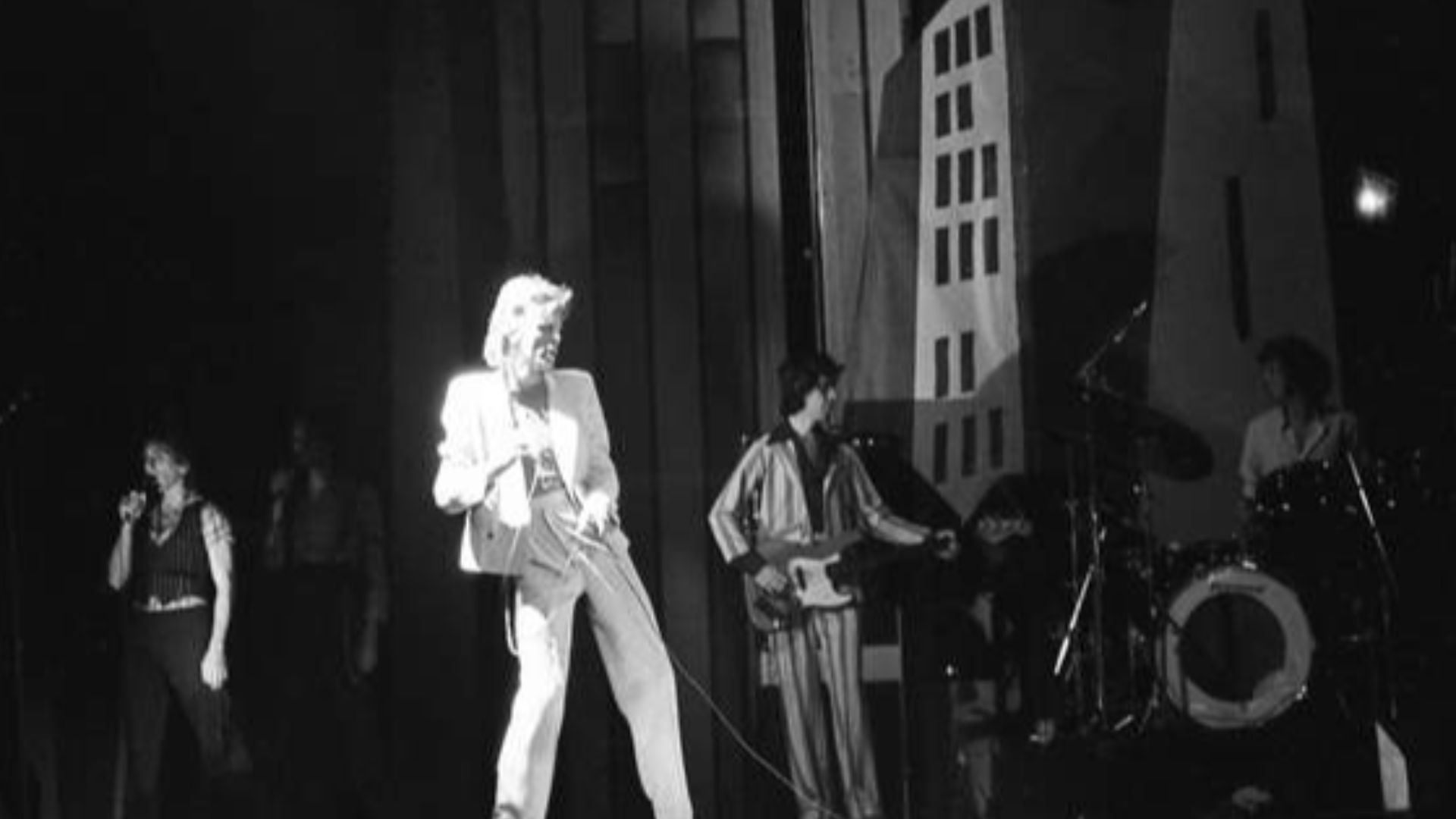 Hunter Desportes, Wikimedia Commons
Hunter Desportes, Wikimedia Commons
The Madness Creeps In
By 1973, Bowie was spiraling. The endless touring, pressure, and drug use began taking a toll. He became paranoid, convinced he was being watched. Crew members described him as skeletal and sleep-deprived. Yet every night, he still stepped onstage as the untouchable alien god.
Angie and the Fallout
At home, Bowie’s marriage to Angie was fraying under the weight of fame. She later said he “wasn’t really there anymore—only Ziggy.” Bowie’s world had become a performance, even behind closed doors. The man she’d married had disappeared into the makeup and mythology.
The “Cracked Actor” Moment
The BBC documentary Cracked Actor (1974) captured Bowie at his breaking point—fragile, paranoid, and lost in Hollywood. He sits in a limo, drinking milk, muttering about aliens and black magic. It’s haunting proof of how deeply Ziggy—and fame—had fractured his reality.
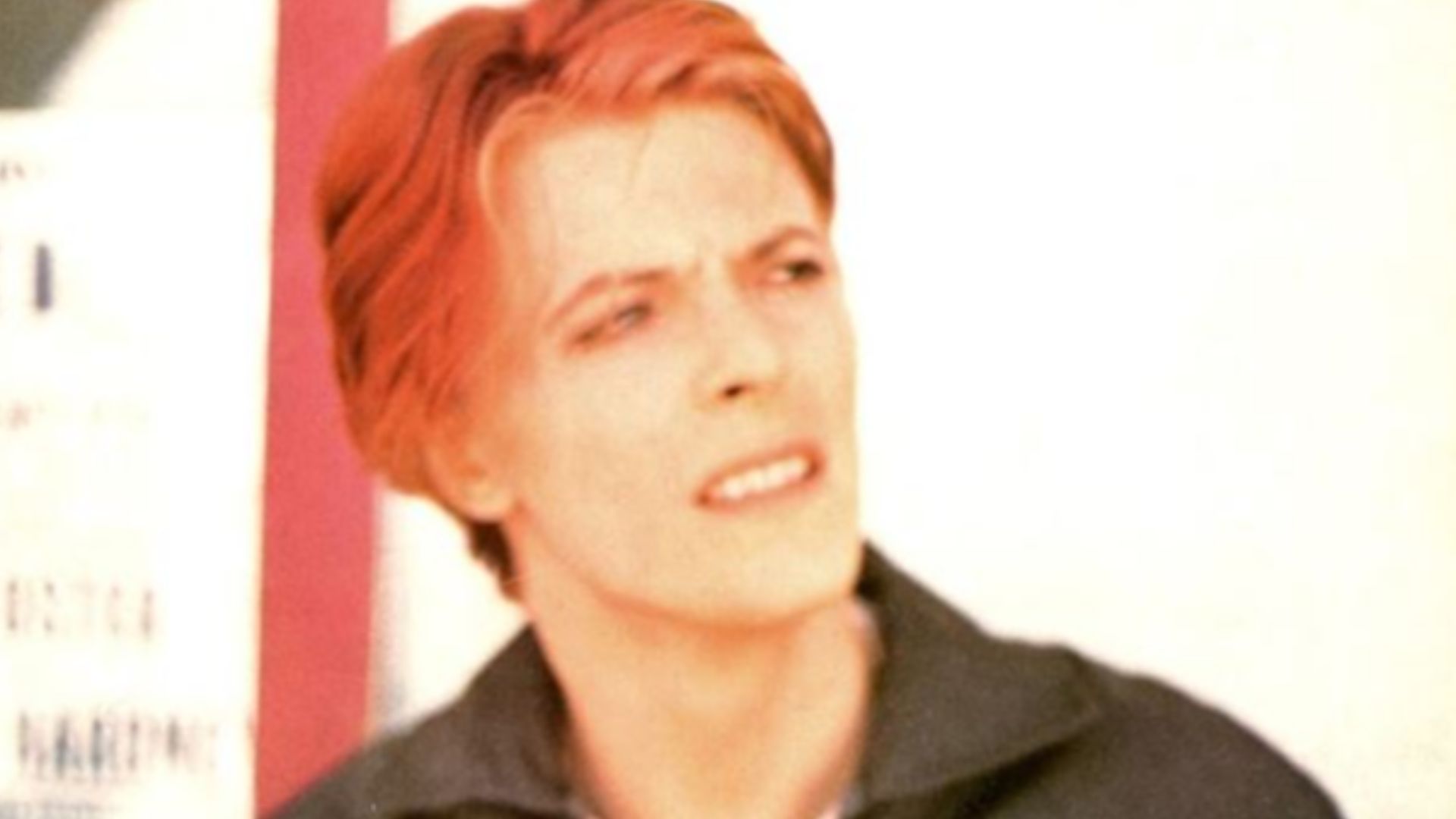 Circus Magazine, Wikimedia Commons
Circus Magazine, Wikimedia Commons
A Friend in Chaos
Amid the madness, Bowie befriended fellow outsiders Lou Reed and Iggy Pop. He produced Transformer and Raw Power, finding comfort in kindred spirits equally addicted to reinvention. But their excesses only mirrored his own. As Bowie later said, “We were all playing with fire—and some of us got burned.”
The Final Show
On July 3, 1973, at London’s Hammersmith Odeon, Bowie shocked fans by announcing: “This show will stay with us the longest—because it’s the last show we’ll ever do.” Even his band didn’t know. In one stunning moment, he killed Ziggy onstage.
 ABC Television, Wikimedia Commons
ABC Television, Wikimedia Commons
The Death of Ziggy Stardust
That final bow became legend. “It was the only way to get rid of him,” Bowie later said. “Ziggy had taken over completely.” Fans wept, unaware they’d witnessed not just the end of a concert—but the death of a persona that nearly destroyed its creator.
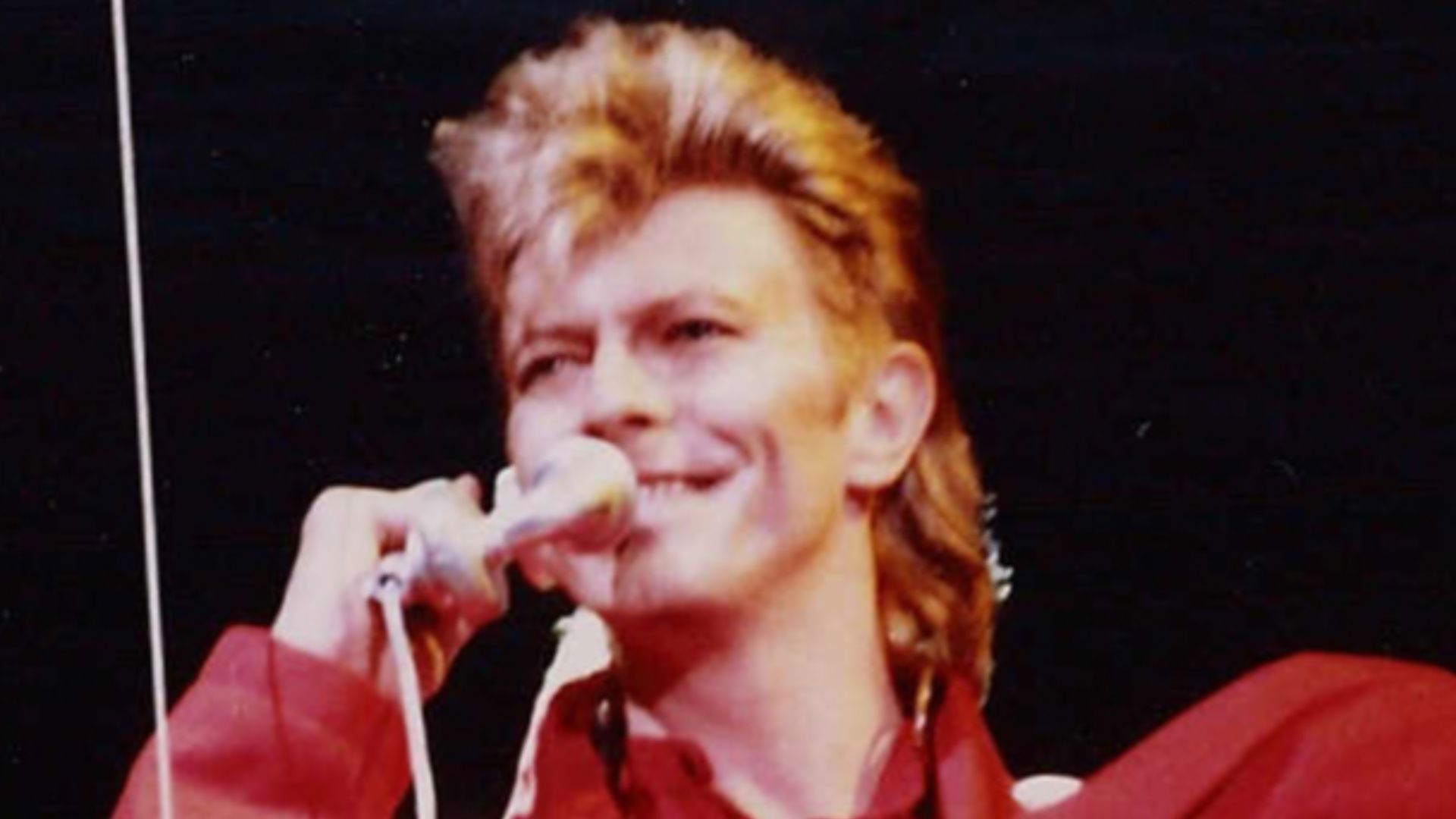 Elmar J. Lordemann (de:User:Jo Atmon), Wikimedia Commons
Elmar J. Lordemann (de:User:Jo Atmon), Wikimedia Commons
After the Fall
Bowie retreated from Ziggy and from himself. He soon emerged as Aladdin Sane—a character he called “Ziggy goes to America.” The new persona was fractured, chaotic, and glittering, reflecting the emotional wreckage Ziggy left behind.
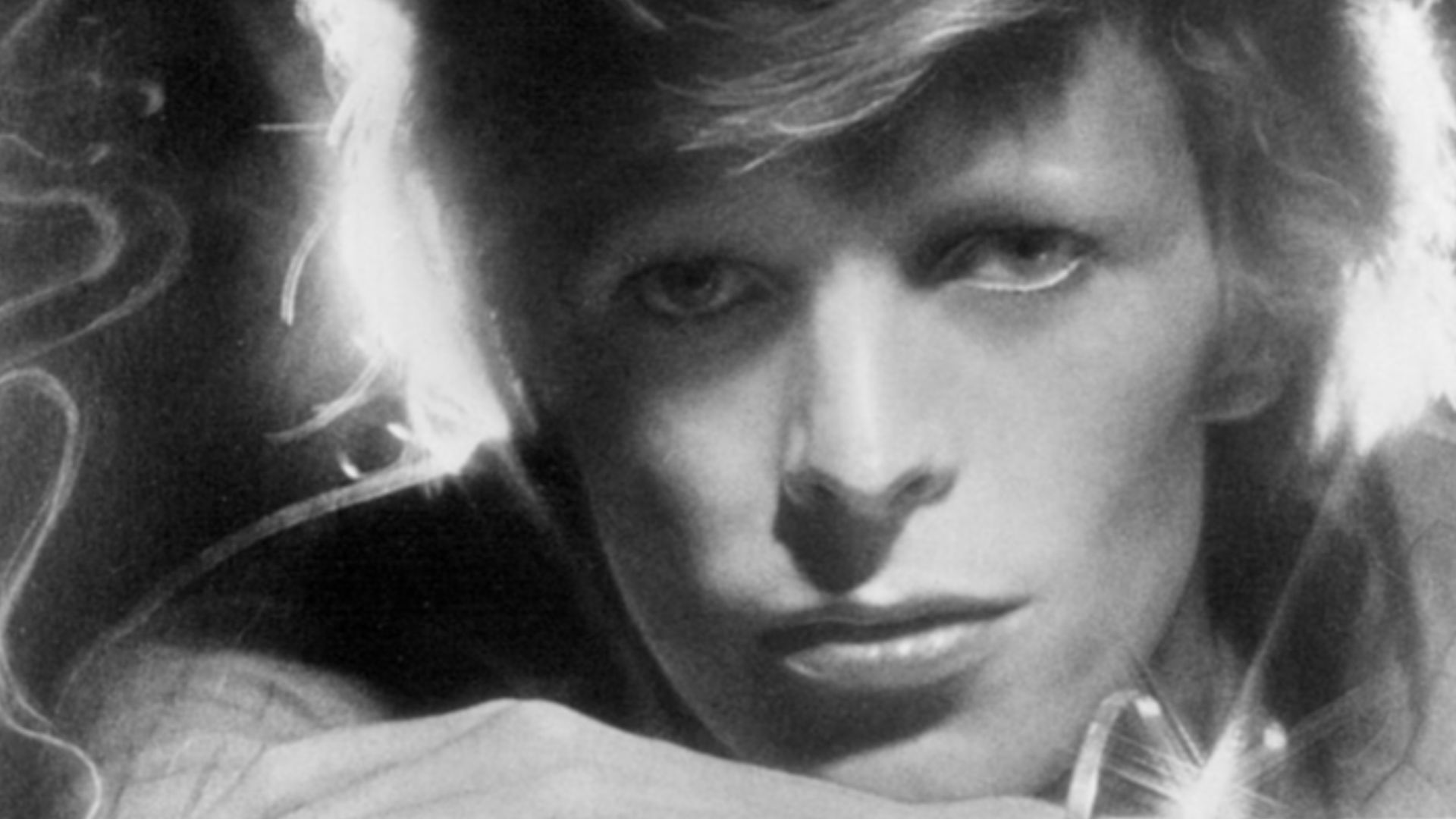 RCA Records, Wikimedia Commons
RCA Records, Wikimedia Commons
The Thin White Duke and Beyond
Bowie’s next reinvention, The Thin White Duke, was darker still—cold, aristocratic, and detached. He later admitted, “That guy was really scary. I was completely out of my mind on cocaine.” Each new character was both a creative rebirth and a cry for help.
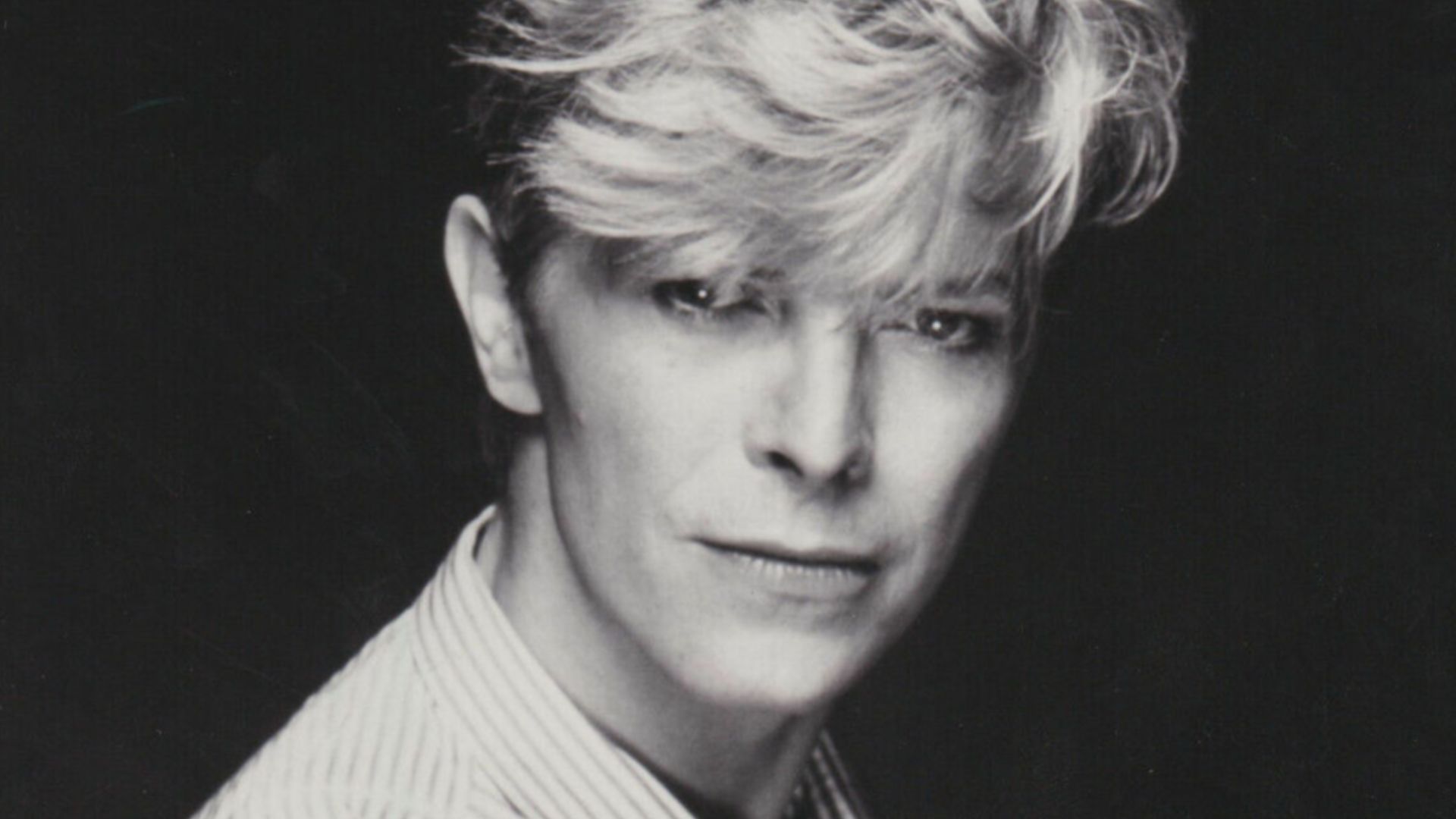 Distributed by EMI America. Photographer is unknown., Wikimedia Commons
Distributed by EMI America. Photographer is unknown., Wikimedia Commons
Reclaiming David Jones
By the late ’70s, Bowie moved to Berlin to detox and rediscover himself. The Berlin Trilogy—Low, “Heroes”, and Lodger—was his escape from the madness of stardom. He told NME, “Berlin saved my life. I got to be me again—for the first time in years.”
 Dirk Ingo Franke, Wikimedia Commons
Dirk Ingo Franke, Wikimedia Commons
The Legacy of Ziggy
Ziggy Stardust changed everything. The character’s boldness and freedom inspired artists from Prince to Lady Gaga. He shattered gender boundaries and redefined what it meant to perform. As Bowie once said, “Ziggy was the idea that you could be anyone you wanted to be.”
 Distributed by EMI America. Photographer is unknown., Wikimedia Commons
Distributed by EMI America. Photographer is unknown., Wikimedia Commons
The Legend Lives On
Even decades later, Ziggy’s lightning bolt remains a symbol of rebellion, creativity, and self-invention. Bowie eventually made peace with his alien alter ego. “He was beautiful,” he said near the end of his life. “He nearly killed me—but I owe him everything.”
 iluvrhinestones from Seattle, Oceania, Wikimedia Commons
iluvrhinestones from Seattle, Oceania, Wikimedia Commons
You Might Also Like:
The loss of his son led Robert Plant to write Led Zeppelin's "saddest" and most heartfelt song

